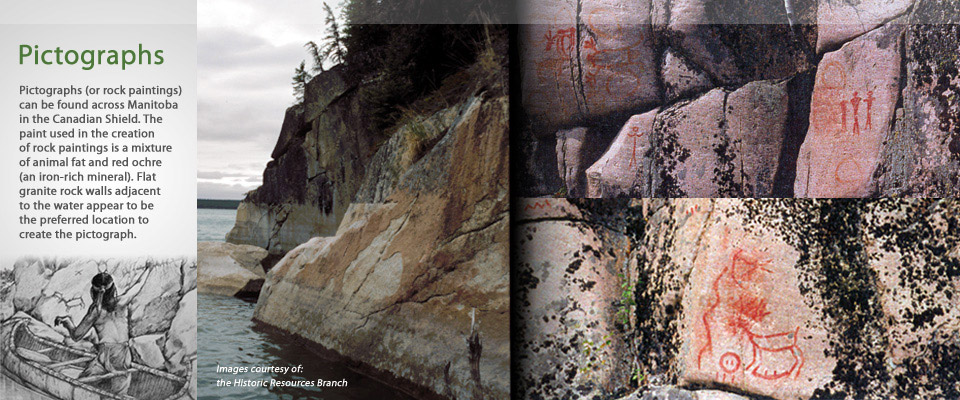Uncovering Early Aboriginal History in Southern Manitoba

Under provisions of The Heritage Resources Act (1986), land developers may be called upon to provide for, at their own cost, the mitigation of impacts on Manitoba heritage resources. In 2008 a stratified heritage-resource site was discovered on Pipestone Creek in a proposed pipeline right-of-way in southwestern Manitoba. The site, DkMi-5, was tested to determine the nature, density and condition of the strata that lay beneath the ground surface. Since part of the site stood to be impacted, the Historic Resources Branch called upon the pipeline company to undertake archaeological excavation and reporting prior to construction. Once the archaeological work began, it became clear that the site was remarkable in terms of its preservation and antiquity. It also stood out by virtue of the evidence it contained of repeated use as a campsite over a span of several thousand years; it contained evidence of late Plano, Early Side-Notch, Oxbow and undefined ceramic occupations.
One of the Historic Resource Branch's goals in working with developers is the release of information about heritage resources in a public-friendly format. A suggestion was made that the company may find that publishing the material in book format would be an attractive way to add value to its reporting on the archaeological mitigation that was currently underway at the site. The company agreed that this would indeed be a creative way to report on the work that they were undertaking prior to the construction.
The book is titled Uncovering Early Aboriginal History in Southern Manitoba (2011). It is 128 pages long and has 74 illustrations comprising maps, artifact photos and drawings, and "people pictures" showing living scenes and imagery based on the findings at DkMi-5 and other sites in southern Manitoba and elsewhere. The volume describes the objectives of conducting excavation of archaeological sites in general and DkMi-5 in particular. As a history book, it is intended to tell a series of stories about what happened at a certain locale on the prairie landscape at certain times in the past. In addition to archaeological data, the book contains abundant coverage of the changing palaeoenvironments. The volume also contains Indigenous teachings that have some topical commonality with geological and archaeological findings in Manitoba and elsewhere.
The ultimate goal of the project was to create a highly professional volume specifically for educational purposes. The attempt was made to utilize language, illustrations and information that would appeal to a non-specialist audience, rather than to the more narrowly-defined scientific/academic community. This approach is in line with the HRB's aims when delivering archaeological information to the public. Accordingly, copies were distributed free-of-charge to school and public libraries throughout Manitoba in early 2011. A more technical version of the book can be found in Volume 21 (2011) of the Manitoba Archaeological Journal.
Leo Pettipas
[original message edited for length by MAS]
Price to purchase this book:
$15.00 for MAS members
$25.00 for non-MAS members
To purchase this book from the MAS, please contact us at mbarch@mts.net or use the PayPal link below




